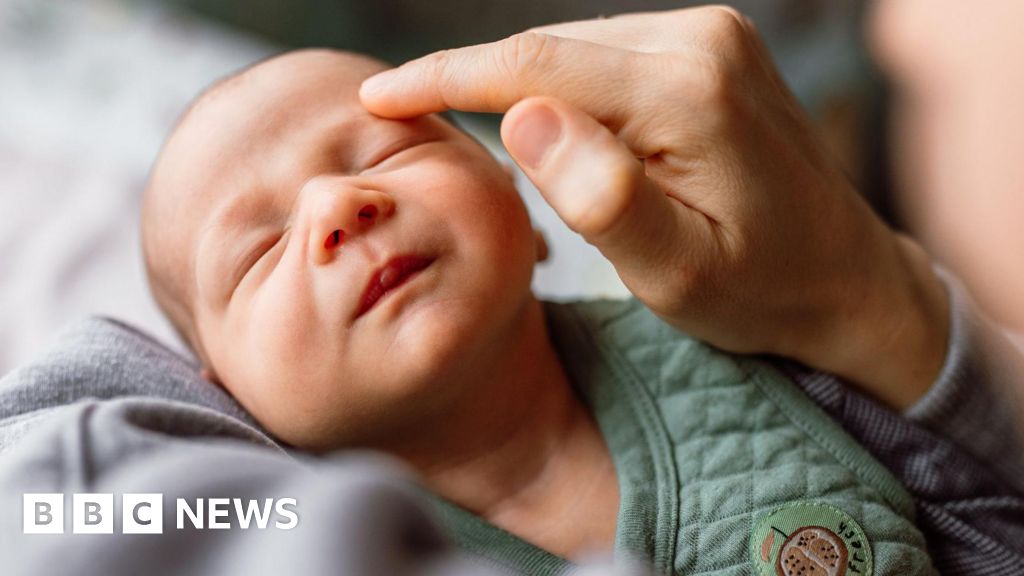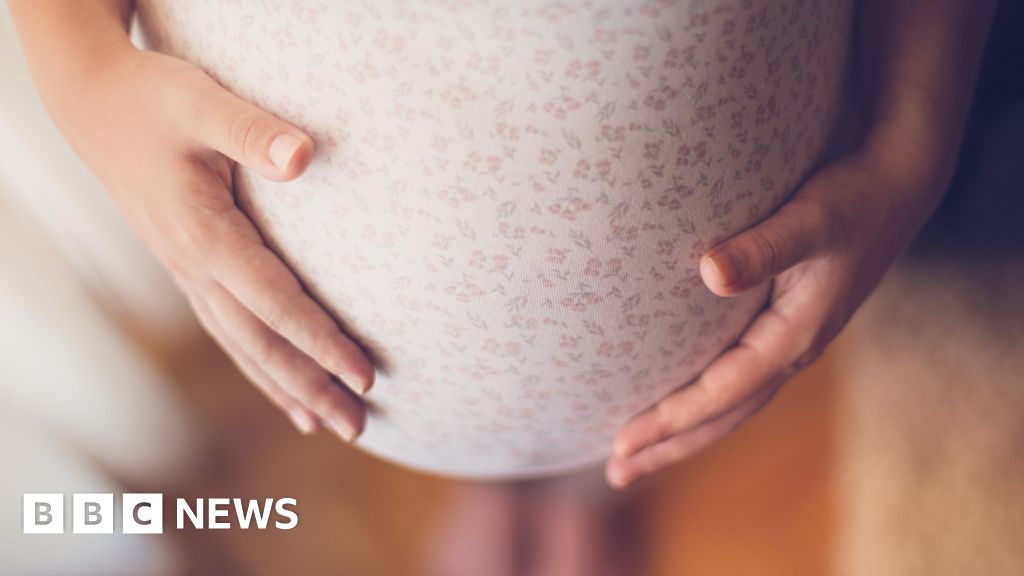ARTICLE AD BOX
By Nick Triggle and Christine Jeavans
BBC News
image source, Getty Images
The rate of face-to-face GP consultations in England has changed little since the winter lockdown, latest data shows.
Just 58% patients were seen face-to-face in August - the first full month following the ending of restrictions.
That compares to 54% in January - and over 80% before the pandemic, according to the data from NHS Digital.
GPs said rising demand and shortages of staff meant they were struggling to see more people face-to-face.
The problems have started to have a knock-on effect on A&Es, with emergency care doctors saying a lack of GP access is a key factor in the high numbers turning up at hospital.
Ministers and NHS England have both demanded more patients should have in-person consultations - and say GPs are being given the money to provide them.
'I've been in excruciating pain'
Katie Awdas lives with endometriosis, a painful chronic condition.
Through the pandemic she's needed surgery and other medical treatment.
It disrupted her work as a teacher and is a period she describes as "the most difficult of my life".
Katie, who is in her mid 30s and lives in Manchester, needs regular check-ups as her symptoms change - but has not seen a GP face-to-face since the pandemic began.
"I've had to describe where the pain is - you can't really show somebody where 'here' is over the phone.
"It's frustrating. There were times where I thought this would be so much easier face-to-face.
"They had to guess on what was happening based on my description, and had to use a process of elimination in some cases - 'try this and see if it works, if not we'll try something else'. This caused excruciating pain on top of what was going on already."
Before the pandemic, it was reported that more than 80% of patients were seen face-to-face in the surgery or via home visits.
But during the first lockdown last spring, that dropped below 50% and has struggled to recover significantly since.
For all of this year it has been hovering between 50% and 60%.
GP leaders admitted they would like to hold more face-to-face consultations, but there was simply not enough staff. Data shows the number of full-time GPs has fallen by 7% in the past five years, despite a government drive to increase the numbers.
The Covid vaccination programme, rising demand partly driven by people needing support as they have to wait longer for hospital treatment and the increased frailty in older populations because of the pandemic have all increased workload.
Royal College of GPs chair Prof Martin Marshall said: "The workforce is simply not big enough to manage."
He said remote consultations did work for many, but added GP knew many more patients wanted to see their doctors face-to-face, particularly those with complex health needs.
Patients 'turning to A&E instead'
The problems accessing GPs have had a knock-on effect on to other services.
A&Es saw some of their busiest months ever over the summer, and ambulance response times have deteriorated.
An analysis by the Royal College of Emergency Medicine (RCEM) said a lack of access to GPs was a key factor with some, such as older people, those with disabilities and families on low incomes, struggling with remote appointments in particular.
"A&Es are always open, so if patients do struggle to get a face-to-face appointment they may feel the need to attend their emergency department," added RCEM president Dr Katherine Henderson.
A spokesman for the Department of Health and Social Care said the government was "hugely grateful to GP practices for their hard work and dedication".
But he added: "We're clear GP practices must provide face-to-face appointments to those who want them."

 3 years ago
93
3 years ago
93








 English (US) ·
English (US) ·